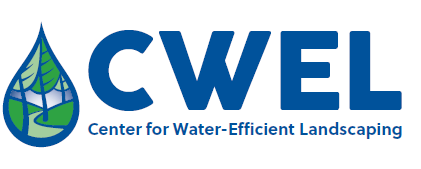Vernalization requirements among selected genotypes of annual bluegrass (Poa annua L.)
Document Type
Article
Journal/Book Title/Conference
Crop Science
Volume
37
Issue
5
Publisher
Crop Science of America
Publication Date
1997
First Page
1538
Last Page
1542
Abstract
Poa annua L. is a common turfgrass species in golf turf. The species is usually considered to be annual because of characteristics including continuous flowering throughout a growing season. In reality, the species exhibits a wide diversity of flowering habits from continual to seasonal, or only in spring. In efforts to study the flowering physiology of the species and to improve hybridization work, we initiated experiments to determine environmental conditions for floral induction in one P. annua var. annua and four P. annua var. reptans genotypes. Growth chamber and greenhouse environments were used to test (i) the minimum length of time needed for vernalization, (ii) the effective temperature for vernalization, and (iii) whether juvenility exists with regard to vernalization. Poa annua var. reptans genotypes were vernalized after 10 to 12 wk at 4 and 8C, but not at 12C. Poa annua var. annua did not respond to vernalization treatments, Poa annua var. reptans also exhibited variation in juvenile period ranging from 25 d to greater than 35 d after germination. Incomplete vernalization resulted in inflorescence development, but flowers were deformed. Vernalization requirements differed between var. annua and var. reptans genotypes, as well as among var. reptans. This information can be used to improve P. annua breeding, as well as to investigate the diversity within this species.
Recommended Citation
Johnson, Paul G. and White, Donald B., "Vernalization requirements among selected genotypes of annual bluegrass (Poa annua L.)" (1997). CWEL Publications. Paper 20.
https://digitalcommons.usu.edu/cwel_pubs/20


